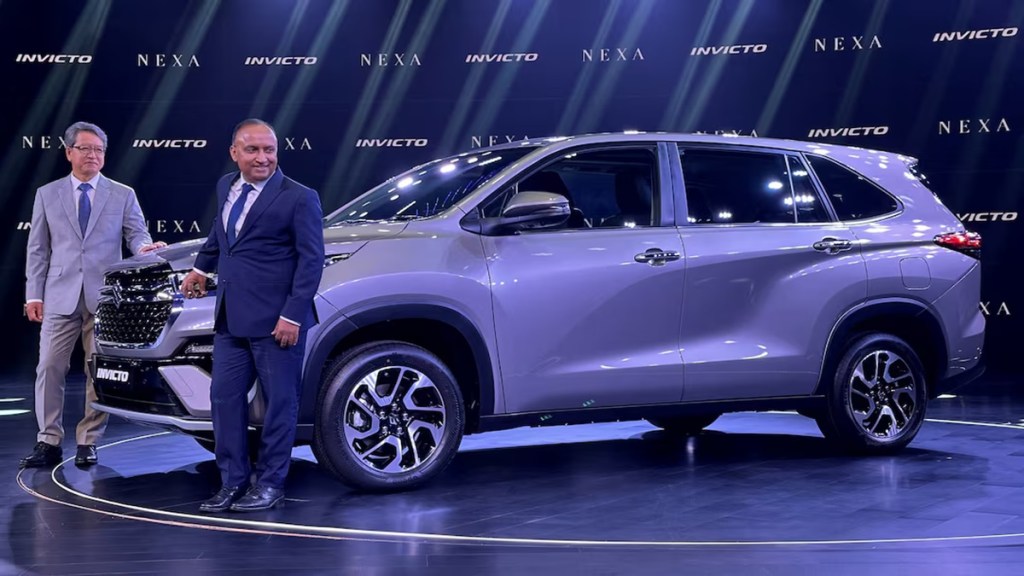In the last few years, India’s passenger car market has been skewing towards bigger and more aspirational automobiles, especially sports utility vehicles (SUVs). The trend has accentuated in 2024-25 in a market that grew by an dynamic 3%. The SUV and multi-utility vehicle (MUV) segments grew in low teens but hatchbacks and sedans were less in demand. The share commanded by SUVs, in the overall market, went up to nearly 55% in 2024-25 from just over 50% in the previous year. In contrast, the share of sedans fell to 23.5% from 27.7% in 2023-24; hatchbacks gave up 120 basis points (bps) to retain a share of just 7.9%.
The shift in consumer preferences has meant that Maruti Suzuki India (MSIL), the leader in sedans and hatchbacks, saw its total market share contract by 120 bps to 40.6% from 41.8% in 2023-24. In fact, volumes in the home market grew by just 2.7% and it was the 17.5% rise in exports that boosted the total volumes by 4.6%. In a slow-moving market that is tipped to grow by just 1-2% this year, MSIL is in a spot. MSIL Chairman RC Bhargava has observed the demand outlook for the current year is not exactly rosy. The fact is that across-the-board inflation is pinching households and the cost of ownership of a vehicle has risen sharply in the last few years due to regulatory costs and commodity inflation. As such, there is not much of a surplus with less affluent households and it is largely wealthier individuals that are likely to make purchases.
Bhargava is not sure to what extent the income tax relief provided by the government will be utilised for high-value discretionary spends. The concern is not misplaced because the tax benefits accrue largely to income earners of below `10 lakh per annum who are more likely to purchase a two-wheeler. At the same time, salary hikes following from the 8th Pay Commission, which should be effective in 2026-27, might provide some succour to entry-level demand.
But to regain share, MSIL must up its game in the SUV space, which it had ignored in the past. For the moment it is being outdone by the competition. Players like Mahindra & Mahindra, which last year added 180 bps of share on the back of models like the XUV 3XO, are on a roll. In the premium space, players like Toyota Kirloskar stayed the unchallenged leader, growing its share to a formidable 92.5%. MSIL has a share of about 21% smaller than M&M’s 23.3%. While it is possible that sedans and hatchbacks could regain their popularity, this is unlikely for some time, at least until mid-level households see a meaningful growth in their disposable incomes. Currently, utility vehicles account for about 37% of MSIL’s portfolio and the company does have plans to expand its suite of products; one mid-sized SUV is expected to be launched in mid-2025 followed by a small SUV and a seven-seater in 2026. Parent Suzuki Motor has said there is need to rethink the strategy in a changing business environment, especially the heightened competition in electric vehicles (EV). It is aiming for a diversified portfolio mix with battery EVs, hybrid EVs, vehicles powered by compressed natural gas and also fuel compatible with ethanol. To achieve a market share of 50% will not be easy but MSIL has the resources and distribution to pull it off.

